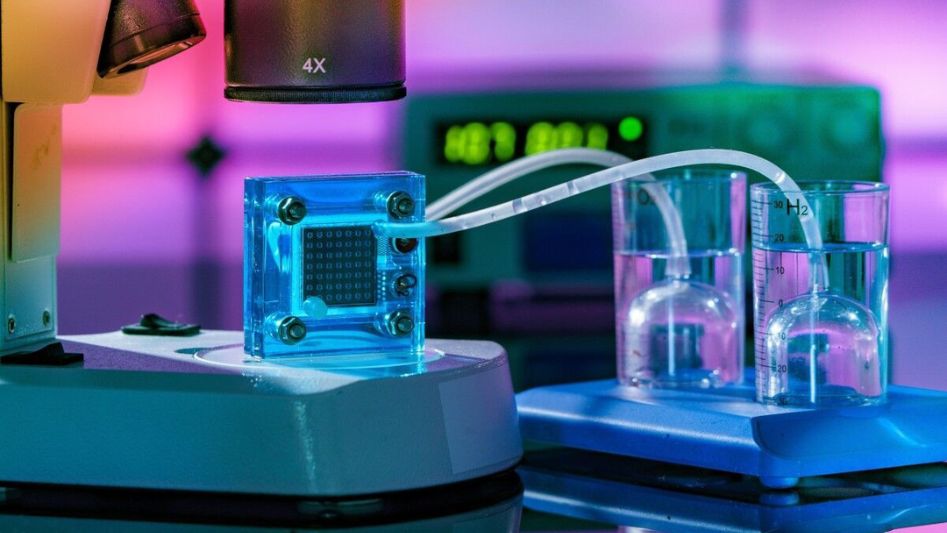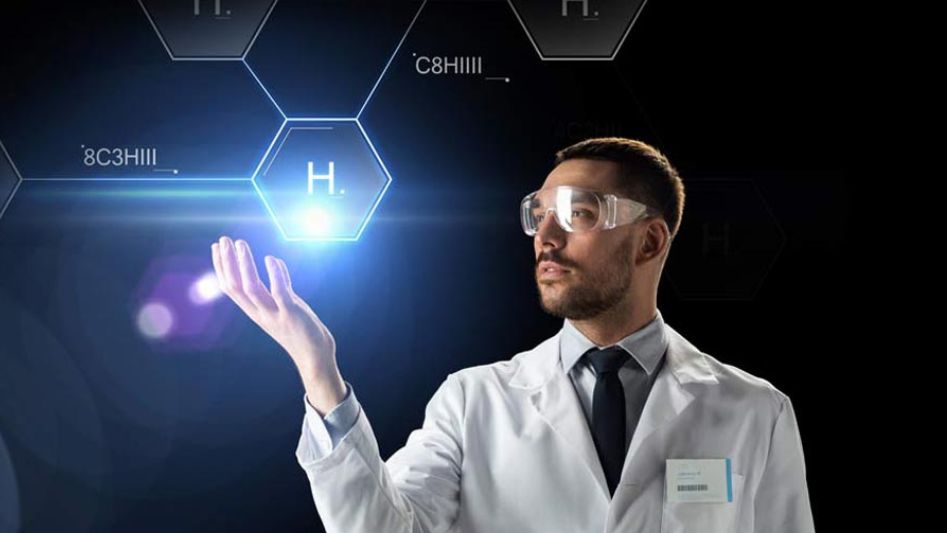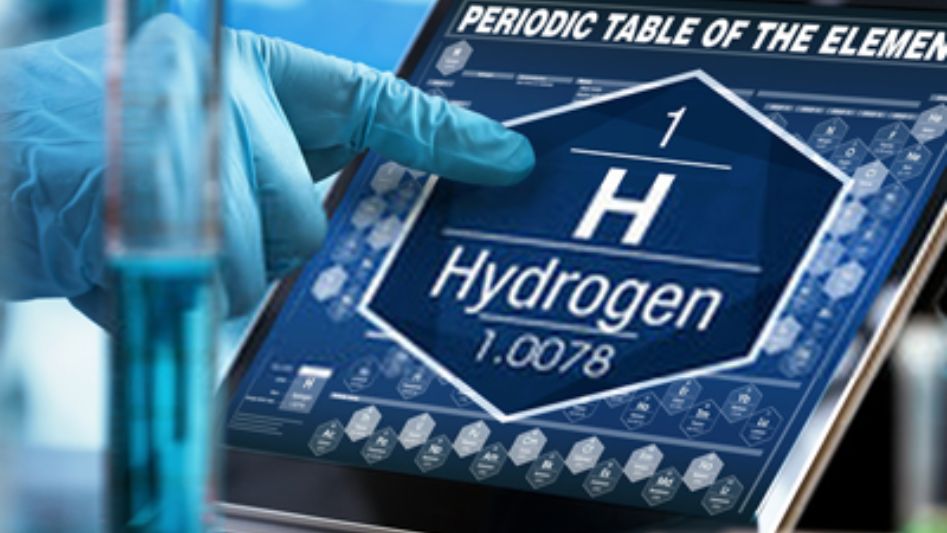In the future, hydrogen on demand technologies in the automobile sector could shock the globe and possibly eliminate the need for a massive hydrogen gas infrastructure.
Table Of Content
Technologies that produce hydrogen on demand for the automotive sector may one day revolutionize society. This might mean that there is no need to construct a sizable hydrogen gas infrastructure if the present hydrogen-on-demand systems that are designed or future hydrogen-on-demand systems catch on. One day, starting a hydrogen generator could be as simple as turning the ignition key.

To produce hydrogen fuel when required for a vehicle outfitted with either an internal combustion engine (ICE) or a fuel cell, the hydrogen-on-demand systems now being developed for the automobile industry either use electrolysis or a chemical process. Other metal catalysts, such as aluminum or magnesium, are frequently used in electrolysis-based hydrogen-on-demand systems to accelerate the process.
Sodium borohydride (or another boron/hydrogen derivative), a chemical substance rich in hydrogen, is typically the starting point of hydrogen-on-demand systems that employ a chemical process to trigger a reaction that releases the hydrogen when required. When it comes to sodium borohydride (NaBH4), the chemical reaction results in the degradation of the compound into an inert salt, which can then be recycled back into the original compound.
One of the businesses working on hydrogen-on-demand innovation is Hydrogen Power Corporation which created the Hydrogen Now system and displayed it at the 2007 Seattle International Auto Show. A 2006 Ford Ranger XL was converted with the Hydrogen Now technology. Hypower Fuel Incorporated, a different business that already sells retrofitting hydrogen insertion equipment, is researching its new Hydrogen Reactor (H2R) on-demand technology and plans to show it off soon.
In addition, HyPower Fuel and Middle Tennessee State University academics have collaborated to develop a plug-in hybrid electric flex-fuel car that uses hydrogen-on-demand technology. The project is being directed by Dr. Clifton Ricketts, who hopes to use this technology to create a racecar that will compete on the Utah Bonneville Salt Flats.
Using a combination of magnesium and water, Ecotality of Scottsdale, Arizona, is developing its Hydratus system to power a bus. Ecotality and anticipates holding a bus tour demonstration at some point in 2007.

The Duffy fuel cell boat stirred in 2002 when it put a hydrogen-on-demand system created by hydrogen battery manufacturer Millennium Cell to the test. A fuel cell was also included in the boat’s setup. Borax served as the source of sodium borohydride utilized to propel the hydrogen-on-demand Duffy boat. The 2001 DaimlerChrysler Town & Country Natrium and the Peugeot-Citroen H2O concept cars featured hydrogen-on-demand systems from Millennium Cell.
The Department of Energy has awarded Millennium Cell a $3 million, 5-year contract to research sodium borohydride technology. In addition, Millennium Cell is collaborating with Dow Chemical and the Los Alamos National Laboratory on strategies to reduce the cost of producing the chemical component.
Additionally, Samsung Engineering has created a working scooter powered by hydrogen-on-demand systems that employ sodium borohydride.
The consequences of hydrogen-on-demand technology are enormous, but they have yet to attract much attention. One day, it’s possible that the major chemical and oil producers will clash over who will supply the nation’s automobiles with fuel. Isn’t this something intriguing?
Conclusion
Hydrogen-on-demand systems for the automobile industry are being developed, and they either employ electrolysis or a chemical reaction to produce hydrogen fuel as required for a car loaded with either an internal combustion engine (ICE) or a fuel cell. Other metal catalysts, such as aluminum or magnesium, are commonly used in hydrogen-on-demand systems that utilize electrolysis.
So far, hydrogen-on-demand technology has received minimal attention, but its ramifications are enormous. Someday, it may be that the Big Chemical corporations compete with the Big Oil businesses to see who would fuel the nation’s cars.
FAQs
Do vehicles fuelled by hydrogen have a future?
If not now, then in the future, for people seeking an environmentally friendly means to fuel their automobiles, hydrogen cars could become an alternative with the necessary infrastructure in place.
Why is hydrogen a bad fuel for automobiles?
Due to the energy transfer required to power an automobile from wire to gas to wire, hydrogen is inefficient. The transition of the energy sector is another name for this.
Will hydrogen vehicles supplant electric ones?
According to research findings, the market share of fuel cell hydrogen automobiles is expected to surpass the next generation of battery-electric trucks due to recent advancements in battery technology and the new megawatt charging standard for battery-electric trucks.

Are electric cars better than hydrogen?
Compared to EVs, hydrogen-powered vehicles have some benefits. They have a 300-mile range and only need 10 minutes to refuel. EVs range roughly 200 miles, and charging takes 45 minutes. In cold conditions, the EV range decreases.
Will hydrogen-powered vehicles get traction?
By 2030, hydrogen is expected to be used in various transport modes, such as HGVs, buses, and rail, and in some early commercial shipping and aviation applications. According to our analysis, the requirement for low-carbon hydrogen from transportation in 2030 might reach 6TWh.
You May Also Like
- THE CHINESE EV THAT ANYONE CAN AFFORD
- THE US CAN HALVE ITS EMISSIONS BY 2030: DO THEY REALLY WANT?
- THE TRUTH ABOUT SOLAR POWERED CARS
- HOW HYDROGEN COULD BE THE FUTURE OF GREEN STEEL
- THE NEW HYDROGEN PRODUCTION METHOD NO-ONE IS TALKING ABOUT
